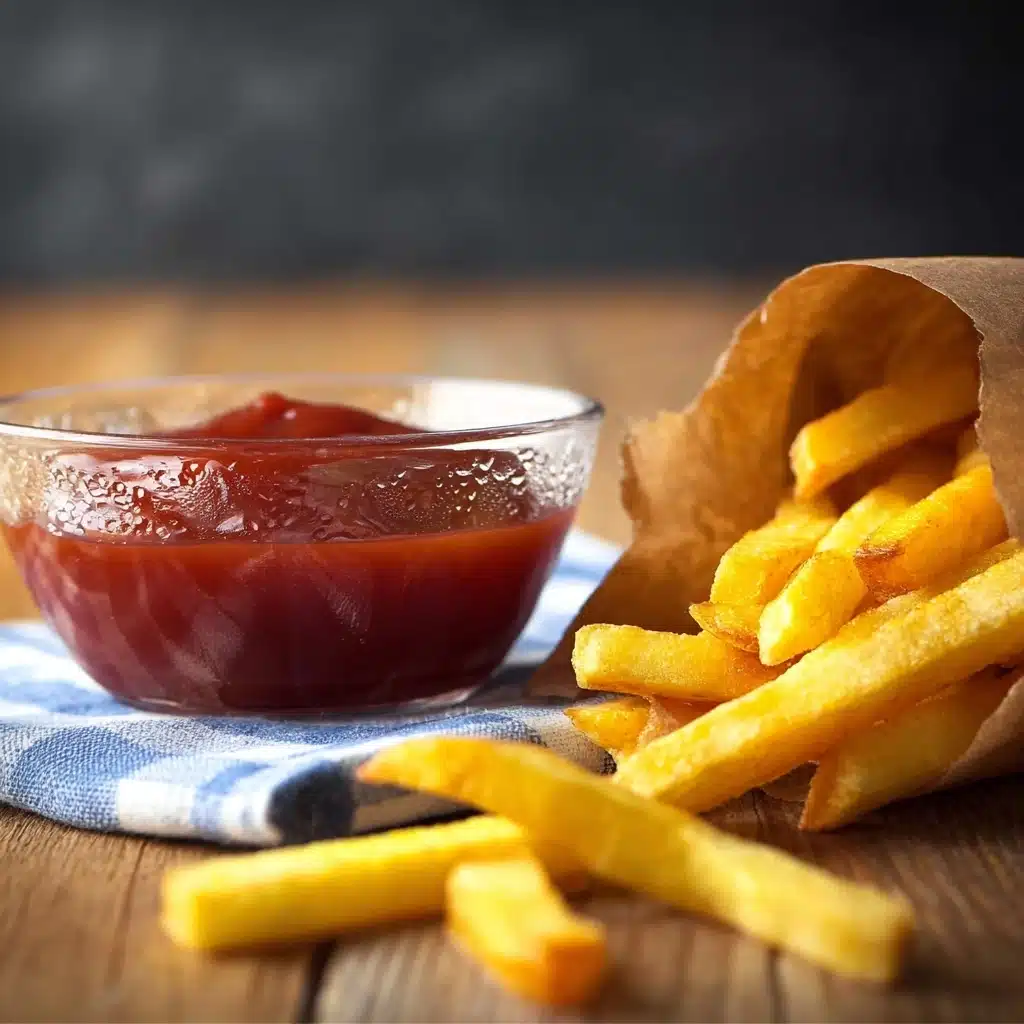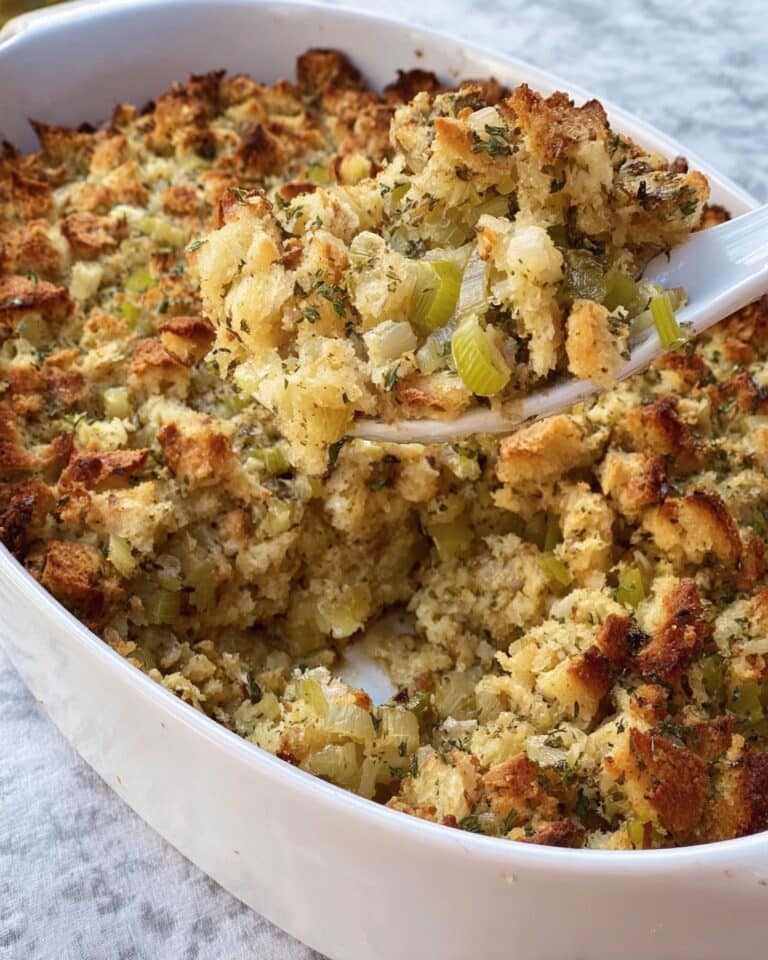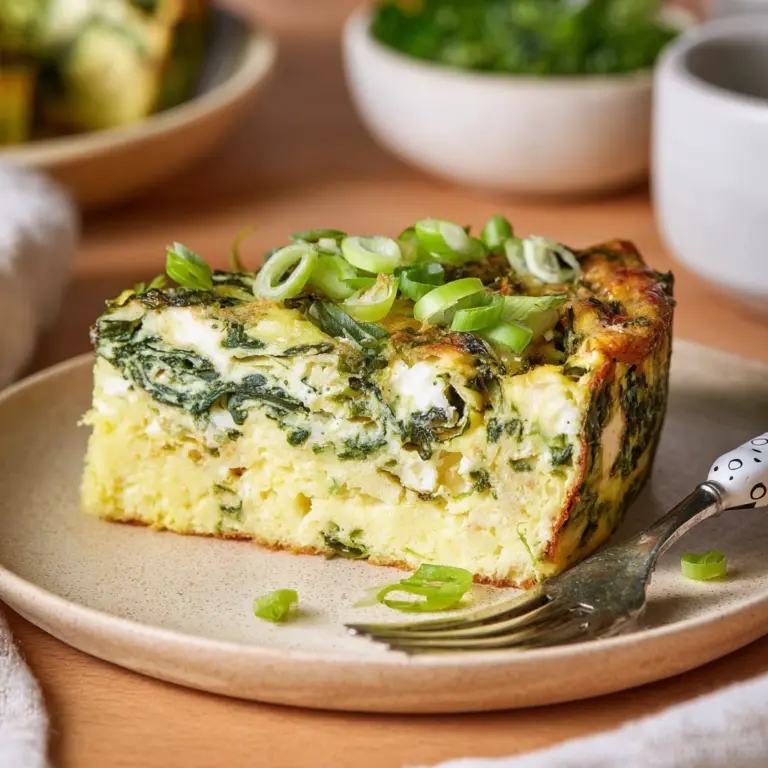How to Make Ketchup Recipe
If you’ve ever wondered about the magic behind that tangy, sweet, and bold red condiment you slather on your burgers and fries, you’re in the right place. Today, you’ll learn How to Make Ketchup from scratch – a surprisingly easy kitchen adventure that rewards you with a sauce worlds better than anything you’ll find in a squeeze bottle. Homemade ketchup lets you control everything: the depth of flavor, the amount of sweetness, and even that subtle kick of peppery spice. Whether you’re aiming to impress at your next backyard cookout or just want to elevate weeknight dinners, making ketchup at home brings pure joy and delicious results.

Ingredients You’ll Need
To master How to Make Ketchup, you only need a handful of simple but essential ingredients. Each one brings its own flair: tomatoes craft the backbone, vinegar adds sparkle, sugar blends in sweetness, and a bit of spice rounds things out.
- Ripe Roma tomatoes (2 cups, roughly chopped): These are ideal for their sweet flavor and low moisture content, which helps the ketchup thicken beautifully. You can substitute with 2 cups of tomato paste in a pinch!
- Red wine vinegar (½ cup): This gives that classic tang and balances the sweetness for a perfect flavor punch.
- Brown sugar (¼ cup, or to taste): Adds a deep molasses note and helps smooth out any sharp edges from the tomatoes and vinegar.
- Worcestershire sauce (1 teaspoon): The secret umami booster – it adds complexity and a little mysterious savoriness to your ketchup.
- Salt and pepper (to taste): These simple seasonings pull every ingredient together and let you make the flavor truly your own.
How to Make How to Make Ketchup
Step 1: Prep Your Tomatoes (or Tomato Paste)
If you’re going the classic route with fresh Roma tomatoes, give them a good rinse and roughly chop them to release their juices and flavors. For an ultra-silky ketchup or a shortcut version, feel free to reach for tomato paste – it’s perfect for busy cooks and results in a more robust, concentrated sauce.
Step 2: Combine Your Ingredients
Add your tomatoes or tomato paste into a sturdy saucepan. Pour in the red wine vinegar, brown sugar, Worcestershire sauce, and a good pinch of salt and pepper. Stir everything together so that the flavors can mingle from the very beginning, ensuring your ketchup is layered and balanced.
Step 3: Simmer Low and Slow
Place your saucepan on the stove and crank the heat to high just until everything begins to bubble, then immediately drop it down to a medium or medium-low simmer. For fresh tomatoes, simmer for at least 25 minutes, stirring occasionally, until most of the liquid evaporates and things start to thicken up. If using tomato paste, a gentle 15-minute simmer should do the trick. Watch for spattering – a lid placed slightly askew can save your stove from a red mess!
Step 4: Blend for Velvety Smoothness
For that iconic ketchup texture, let your mixture cool slightly before transferring it to a blender. Puree until completely smooth. If you want ultra-smooth ketchup (and who doesn’t?), pour it through a fine mesh sieve to strain out any pesky bits of skin or seeds. This step transforms your ketchup from rustic to restaurant-worthy.
Step 5: Adjust, Thicken, and Cool
Taste your ketchup and tweak the salt, pepper, or sweetness as needed—it’s the beauty of homemade! If it’s too runny, simply return it to the saucepan and simmer gently until you reach your desired thickness. Let it cool completely before stashing away in a jar or serving up alongside your favorite foods.
How to Serve How to Make Ketchup

Garnishes
Ketchup is usually served plain, but sprinkling a little flaky sea salt, a touch of smoked paprika, or even a handful of fresh chopped chives on top makes it pop visually and adds a subtle layer of flavor that’s hard to resist.
Side Dishes
Of course, homemade ketchup’s best friends include crispy french fries, onion rings, and juicy burgers. But don’t stop there—try it with homemade chicken tenders, oven-roasted sweet potato wedges, or even as a dipping sauce for breakfast potatoes!
Creative Ways to Present
Serve your How to Make Ketchup in small mason jars or quirky vintage ramekins at a party for a homey, nostalgic vibe. For a fun twist, swirl it artistically on a plate alongside aioli or mustard, or pipe into tiny squeeze bottles for DIY sliders and dipping stations. The options are as limitless as your creativity.
Make Ahead and Storage
Storing Leftovers
Once completely cool, transfer your homemade ketchup to a clean, airtight jar or bottle. It’ll keep in the fridge for up to two weeks, and the flavors actually deepen and meld together over time. Just be sure to use a clean utensil every time for scooping to keep it fresh.
Freezing
Did you know you can freeze ketchup? Pour any extra into freezer-safe containers or zip-top bags (flattened for easy stacking), and it’ll stay good for up to three months. Thaw overnight in the fridge when you’re ready to enjoy; some minor texture change is normal but usually not noticeable after a good stir.
Reheating
If you prefer your ketchup warm (maybe for dipping crispy potato croquettes or serving with meatloaf), simply heat it gently in the microwave or a small saucepan over low heat. Stir well to ensure an even consistency and taste before serving.
FAQs
Can I use other types of tomatoes?
Absolutely! While Roma tomatoes are ideal for their thick flesh and low moisture, any ripe, flavorful tomato works. Just keep in mind that juicier tomatoes may require a longer simmer to reduce and thicken.
Is there a way to make this ketchup refined sugar-free?
Yes! You can swap brown sugar for honey, maple syrup, or your favorite unrefined sweetener. Adjust sweetness to taste and enjoy your naturally sweetened How to Make Ketchup.
Can I add extra spices?
Definitely! A touch of garlic powder, onion powder, smoked paprika, or even a pinch of cayenne can add exciting new layers. Homemade is the ultimate chance to customize your ketchup.
How do I fix ketchup that’s too thin?
Just keep simmering, uncovered, until it reduces to your preferred thickness. The longer the cook, the richer and thicker it gets. Be patient—good things take time!
Why does homemade ketchup taste different from store-bought?
That’s the magic! Homemade ketchup skips artificial preservatives and uses real, vibrant ingredients. It’s often brighter and more nuanced, with flavors that are fresher and less processed than anything from the store shelf.
Final Thoughts
There’s something so satisfying about whipping up your own How to Make Ketchup. Not only do you get to play with flavors and ingredients, but you also end up with a condiment that’s uniquely yours in taste and quality. Give it a try—it might just become your new favorite staple in the fridge!
PrintHow to Make Ketchup Recipe
Learn how to make your own delicious ketchup at home with this easy recipe that includes both fresh tomatoes and tomato paste options. Customize the sweetness and seasonings to suit your taste!
- Prep Time: 10 minutes
- Cook Time: 40 minutes
- Total Time: 50 minutes
- Yield: About 2 cups 1x
- Category: Condiment
- Method: Simmering, Blending
- Cuisine: American
- Diet: Vegetarian
Ingredients
For Ketchup With Fresh Tomatoes
- 2 cups ripe Roma tomatoes (roughly chopped)
- ½ cup red wine vinegar
- ¼ cup brown sugar (or to taste)
- 1 teaspoon Worcestershire sauce
- Salt and pepper (to taste)
For Ketchup With Tomato Paste
- 2 cups tomato paste
- ½ cup red wine vinegar
- ¼ cup brown sugar (or to taste)
- 1 teaspoon Worcestershire sauce
- Salt and pepper (to taste)
Instructions
- Add Ingredients – If using fresh tomatoes, place them in a saucepan with vinegar, sugar, Worcestershire sauce, salt, and pepper.
- Simmer – Heat over high heat until boiling, then simmer until thickened and most liquid has evaporated (at least 25 minutes).
- Purée – Blend the fresh tomato mixture until smooth. Strain through a fine mesh sieve. If too thin, simmer to desired thickness. Adjust seasoning and let cool.
- Simmer – For tomato paste, combine all ingredients and gently simmer for 15 minutes. Adjust seasoning, chill, and serve.
Notes
- You can adjust the sweetness and seasonings to your preference as you simmer the ketchup.
- Store ketchup in a sealed container in the refrigerator; it will last for several weeks.
Nutrition
- Serving Size: 1 tablespoon
- Calories: 20
- Sugar: 3g
- Sodium: 50mg
- Fat: 0g
- Saturated Fat: 0g
- Unsaturated Fat: 0g
- Trans Fat: 0g
- Carbohydrates: 5g
- Fiber: 1g
- Protein: 0g
- Cholesterol: 0mg
Keywords: Homemade ketchup, condiment, tomato ketchup, DIY ketchup








